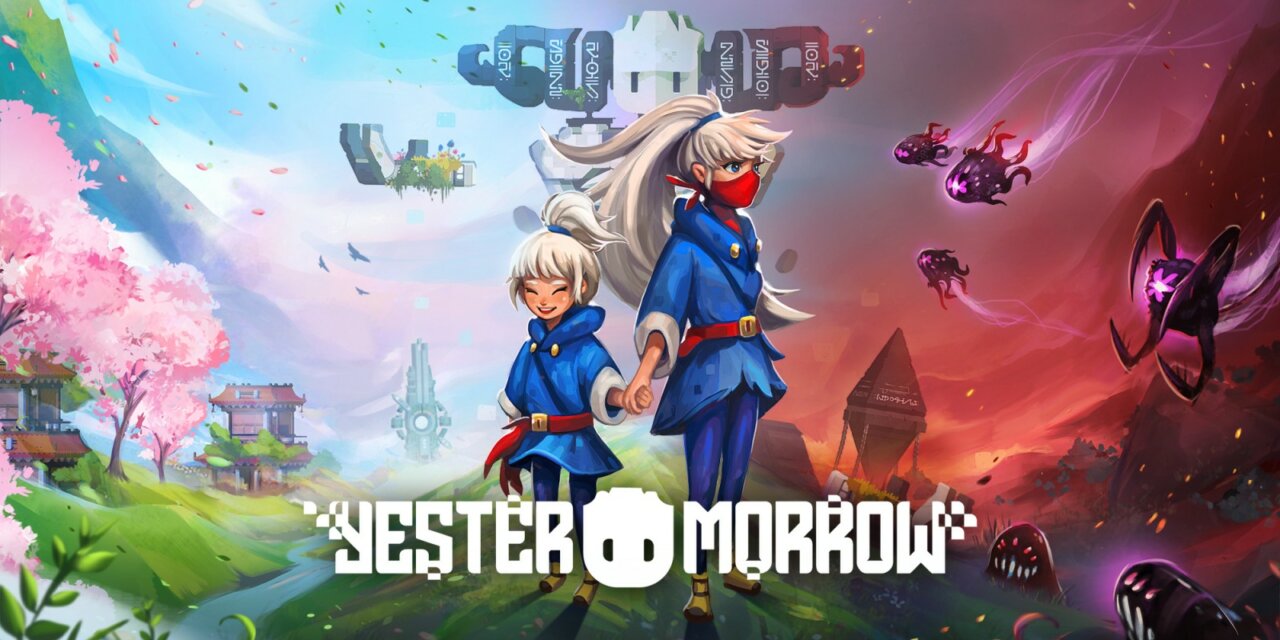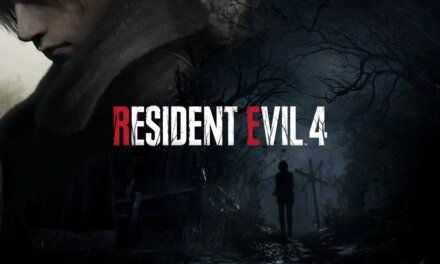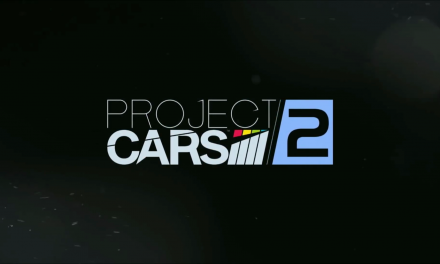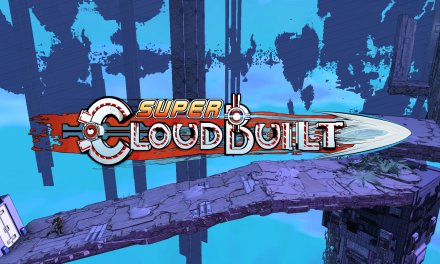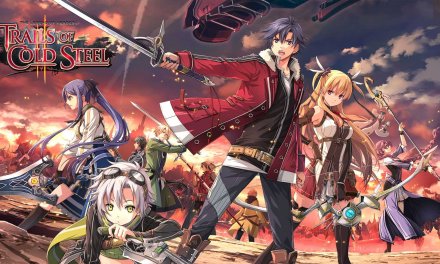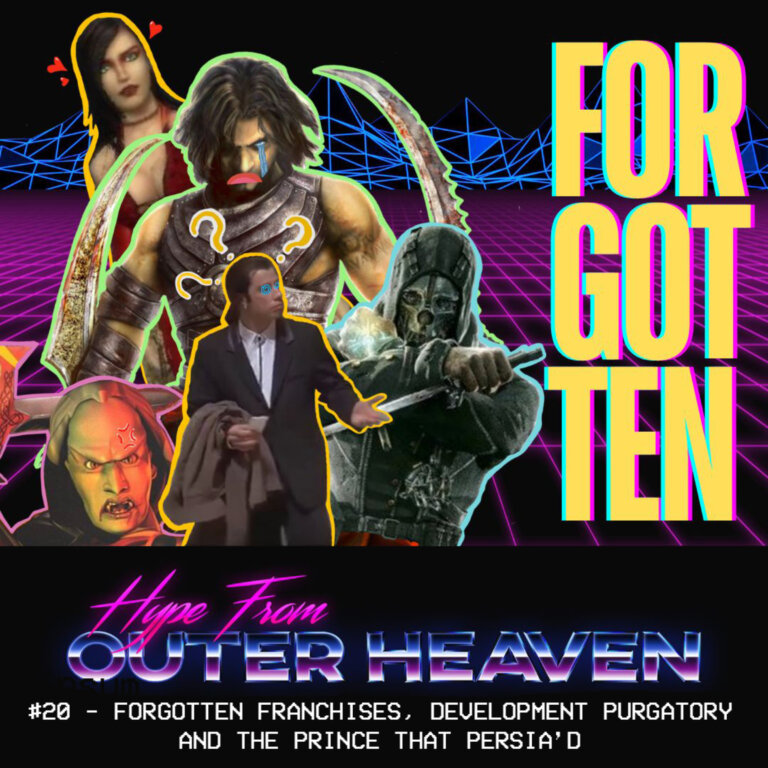YesterMorrow is a 2D platformer developed and published by Bitmap Galaxy releasing on Switch, PC, PlayStation 4 and Xbox One on the 5th of November 2020. YesterMorrow follows protagonist Yui in her quest to save her village from an evil force that was defeated many years ago simply referred to the shadows of corruption. In the opening minutes of YesterMorrow you find yourself walking and exploring Yui’s home village just before an annual festival led by your father who is also “The Timekeeper” celebrating the defeat of the Corruption. You can take your time here for a little while talking to folks around town even playing hide and seek if you wish. It has strong but clean pixel-based graphic aesthetic, mixing ancient stone temples that incorporate Futuristic technologies hinting at a time passed with medieval Chinese elements, its good stuff and is presented very well, and has a nice varied and well-used colour pallet.
Back to the story, it isn’t long until you have to finally go to the festival while this starts all hopeful things quickly turn sour when the Corruption returns and in your haste to flee urged by your farther you are unable to save him. You stumble across an ancient guardian who informs you that you have the destiny to stop the Corruption and your fates are intertwined.
You wake up in your ruined house. It was a nightmare of events that have already happened to leave your home, the village now in ruins and the land corrupted. Being urged to look for the family dog by your brother your father is nowhere to be found. In your search for your dog, you once again stumble across the ancient guardian thrusting you backwards in time. Starting your quest to find your Father and stopping the corruption now begins properly. It’s your classic good vs evil or light vs dark story arch that many of these indie platformers share or take elements from. However, the execution here feels very much like a bland retread and it doesn’t really do anything to stand out or mix up the formula and the NPCs feeling very flat did very little in the ways of persuading me to save the world.
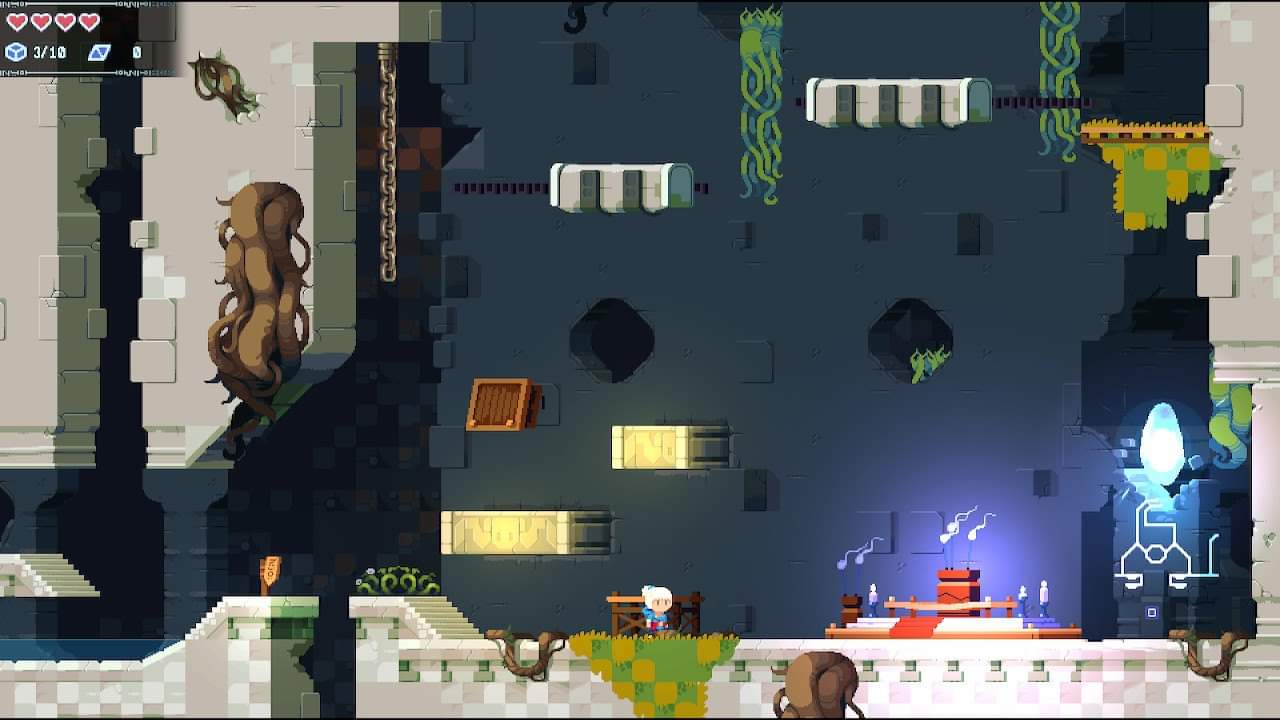
In terms of gameplay for YesterMorrow unfortunately I found it follow this rather generic in its trends with hearts to pick up to add to the amount of hearts you have and hits you can take respectively, or maps for the area your currently in. You can also expectedly do what you would imagine in a platformer, run, jump, hop between walls, roll and swing between ropes, all of which you can you to traverse through the various environments you find yourself in. Different environments is something which YesterMorrow has plenty of in addition to the future and past versions of these areas that change up things like platforms or enemy placement here and there. This will give you the chance to see YesterMorrow world from two very different perspectives with gameplay elements like puzzles switching back and fourth through time for story reasons, or as previously touched upon changing sections of levels, in order to progress something we’ve seen in games like 2008s Braid. Unlike Braid however these transistions are limited to portals that transition you between the points in time which ends up feeling like a waste of potential and seems it was added to compliment the story rather than the gameplay as YesterMorrow never really does anything particularly new inventive with the idea.
YesterMorrow uses these established mechanics and tropes of the genre pretty well, all the ways you’d expect atleast, although doesn’t do anything to really change things up nor is combat a particularly big focus either. While you can get some items to help in this regard like bombs later on, combat for the most part involves avoiding enemies rather than attacking them you can jump on their head Mario style but this doesn’t kill your enemy’s but can be used as a handy boost up to platforms. The lack of combat generic story could be easily over looked and wouldn’t be a issue for YesterMorrow if it were a solid platformer. The majority of its puzzles and platforming are fairly straightforward and never really presented a challenge being fairly run of the mill and easy to solve, the forgettable and standard puzzles do little to make the title stand out.
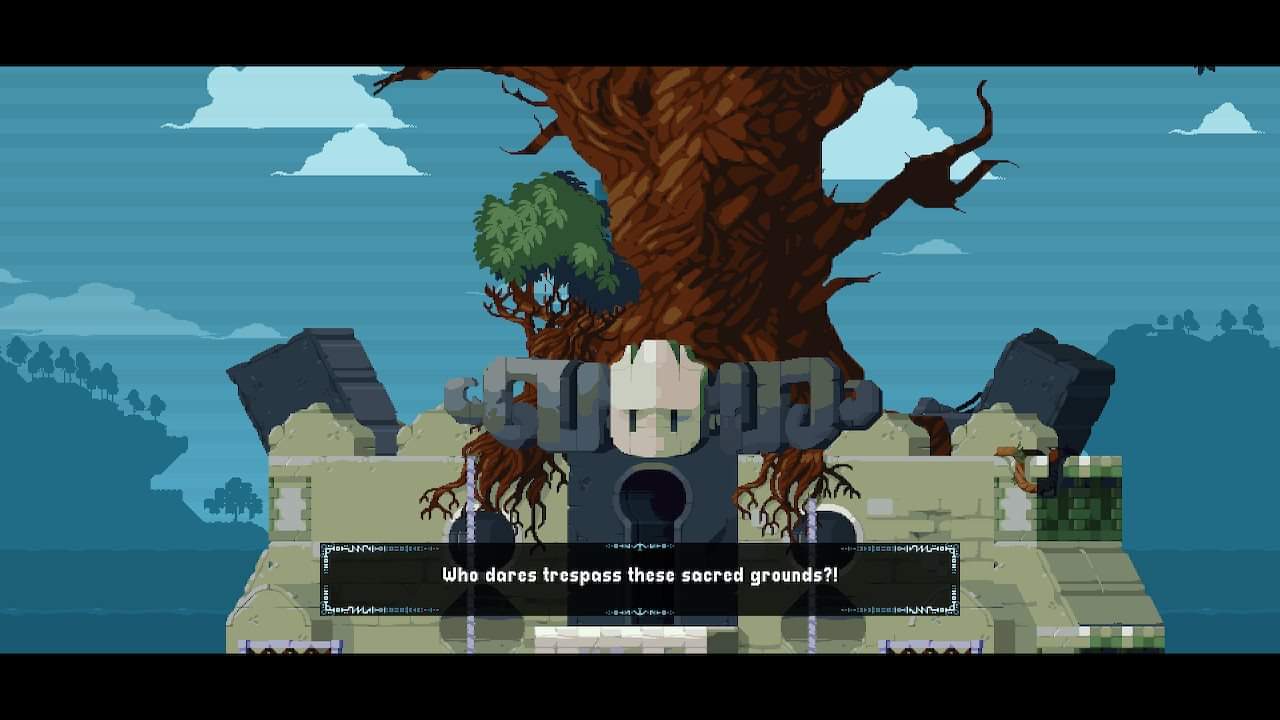
Regrettably, it does suffer from a number of issues or at least the Nintendo Switch release does that detract away from the enjoyment and this particularly hurts the platformer and quickly turns enjoyment into frustration. Yuis controls can occasionally feel a little loose and floaty but often and more frustratingly just plain unresponsive sometimes, failing to register a wall jump or grabbing onto ropes or chains. To further add to frustration the game has a habit of locking up after saving at a save point (including respawning at these checkpoints which will happen often by no fault of your own) or transitions between time, to make things worse when in moments when there is a lot happening on screen sometimes seemly randomly the frame rate will slow right down. This is odd given the simplistic 2D pixel art style I’m no game developer but this isn’t Crisis 3 either, and shouldn’t suffer from such performance issues.
In the same vein as fighting games where frame perfect combos are often essential these are a particular issue that has no place being in a platformer where jumps or timing of jumps are crucial to gameplay. Freeze ups and frame rate drops while platforming or avoiding enemies when and the unresponsiveness and inconsistent of Yui’s movements often lead to more restarts than necessary and after a couple of hours of this, it really does start to hamper your enjoyment. I’d like to say the issues end there in the title but I even noticed on-screen graphical glitches in certain areas making backgrounds and other elements of the environment flicker on occasion.
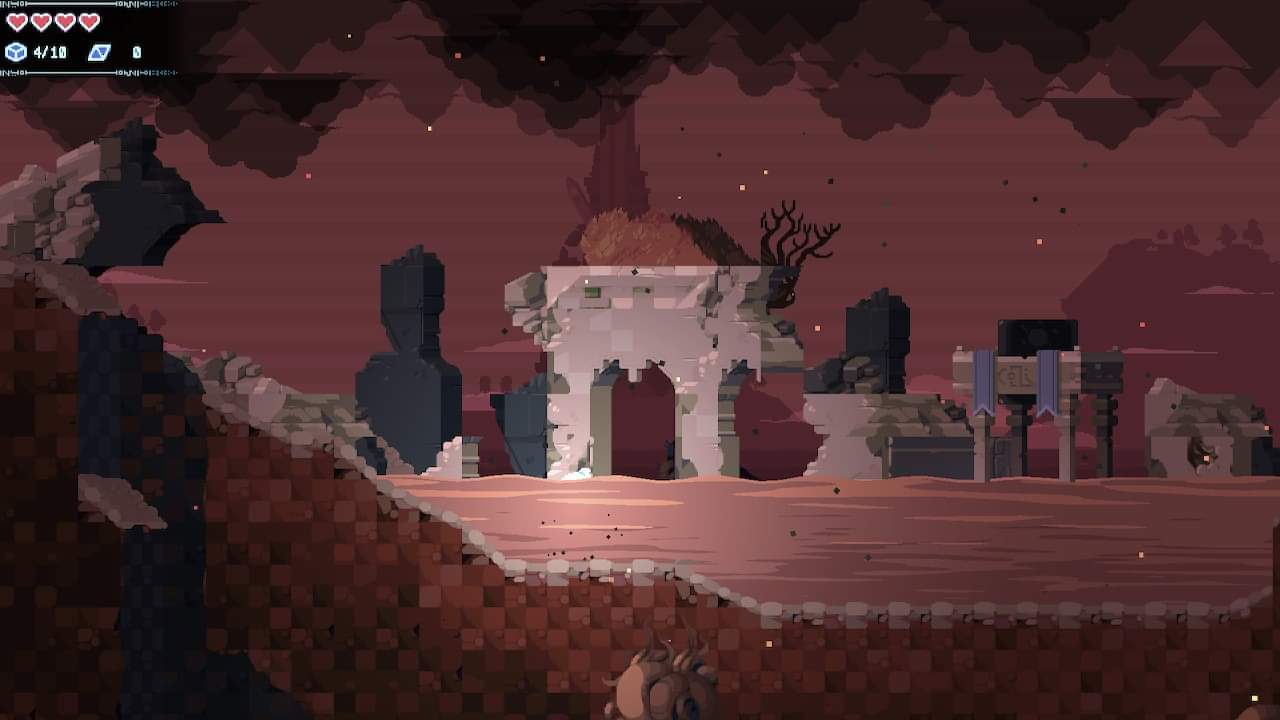
In conclusion, YesterMorrow is presented extremely well in its art style but rapidly falls apart from its introduction to its generic and lacklustre story which could easily be overlooked if the gameplay held up. It fell flat here too, doing very little to shake up the formula offering all the things many other 2D Platformers simply do better without the gameplay affecting issues.

